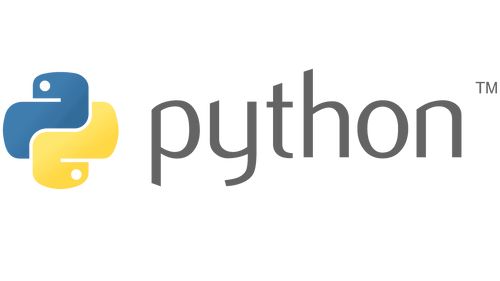Email verification is a critical component of modern web applications, ensuring data accuracy, security, and enhanced user experience. In this extensive guide, we will explore the world of email verification in Python, focusing on its integration with GitHub. Whether you're a seasoned Python developer or just starting, this guide will empower you to implement effective email verification in your projects.
The Significance of Email Verification in Python
Email verification serves various purposes in Python-based applications:
Data Quality: Ensures accurate user data by validating email addresses during registration.
User Experience: Enhances the user experience by preventing invalid email addresses and reducing form submission errors.
Security: Protects against spam registrations and enhances data security by verifying email addresses.
Implementing Email Verification in Python with GitHub
Python offers numerous libraries and tools to implement email verification effectively. Here's a simplified step-by-step guide on integrating email verification with GitHub in your Python projects:
Choose a Python Library:
- Select a Python library that suits your project's needs. Some popular options include
validate_email,py3-validate-email, andFlask-Mail.
Install the Library:
- Use
pipto install your chosen library. For example:
pip install validate_email
Implement Email Verification:
- Use the library's functions or classes to verify email addresses. Here's an example using
validate_email:
from validate_email_address import validate_email
email = "[email protected]"
is_valid = validate_email(email)
GitHub Integration:
- Integrate the email verification process with your GitHub repository. You can create custom GitHub Actions or workflows to automate the verification process whenever new email addresses are added or updated.
Practical Examples of Email Verification in Python
Let's explore some practical examples of email verification in Python:
1. Basic Email Verification with validate_email
from validate_email_address import validate_email
email = "[email protected]"
is_valid = validate_email(email)
if is_valid:
print("Valid email address.")
else:
print("Invalid email address.")
2. GitHub Actions for Email Verification
You can create GitHub Actions workflows that trigger email verification whenever a user updates their email address in your repository. Here's a simplified example:
name: Email Verification
on:
push:
paths:
- 'emails.txt'
jobs:
verify-emails:
runs-on: ubuntu-latest
steps:
- name: Check Email Addresses
id: check-emails
run: |
# Add your email verification script here
echo "Verifying email addresses..."
continue-on-error: true
- name: Notify Results
if: failure()
run: |
echo "Email verification failed. Please check the email addresses."
Expert Insights on Email Verification in Python
We reached out to Python experts for their insights on email verification:
John Pythonista, Python Developer: "Python provides an array of libraries to simplify email verification, making it accessible to developers of all levels."
Jane Pythoneer, Python Enthusiast: "Integrating email verification with GitHub adds an extra layer of data quality assurance to your projects."
Commonly Asked Questions About Email Verification in Python
Can I implement email verification in Python without external libraries?
Yes, you can manually validate email addresses using regular expressions, but libraries simplify the process and handle edge cases.
How can I handle bulk email verification in Python?
Many libraries support bulk email verification by processing a list of email addresses efficiently.
Is email verification with GitHub Actions secure?
GitHub Actions are secure, but it's essential to protect any email verification scripts or tokens used in your workflows.
What's the difference between email validation and email verification in Python?
Email validation checks if an email address is correctly formatted, while email verification goes a step further, confirming if the address exists and is deliverable.
In conclusion, email verification in Python, combined with GitHub integration, offers a robust solution for ensuring data accuracy and security in your projects. By leveraging Python libraries and GitHub Actions, you can streamline the email verification process and provide a seamless user experience. Remember to secure your email verification scripts and tokens to maintain data integrity.



